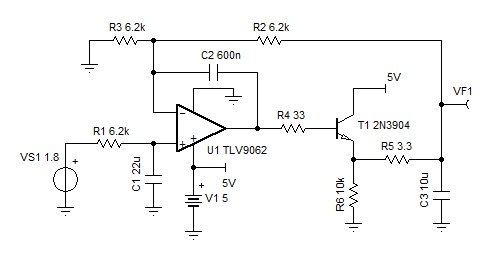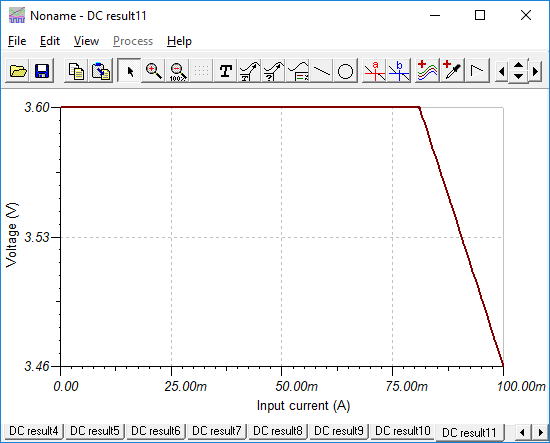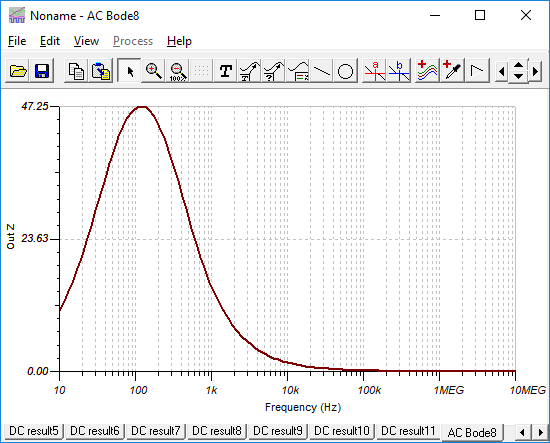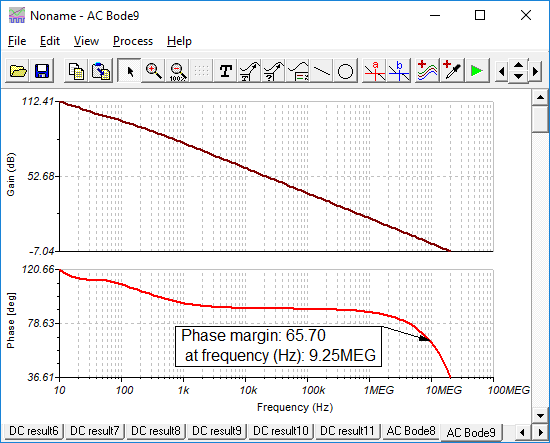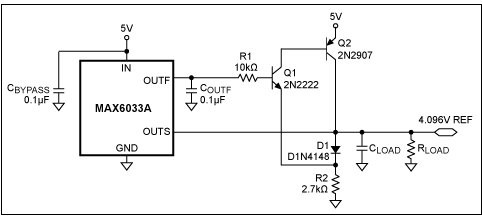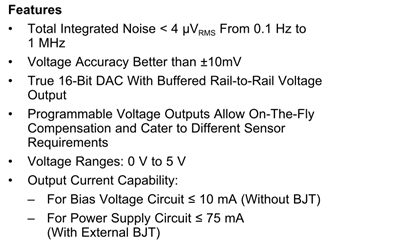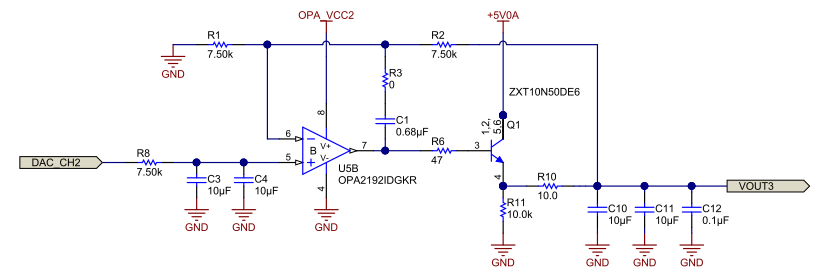Other Parts Discussed in Thread: TIDA-01583, OPA192, LM4132, TPS7A83A
Hi team,
customer is looking for high precision and low noise as +3.6V supply voltage solution, we introducing customer use TLV9061 with external BJT as a high accuracy low noise LDO, please reference below circuit reference from TIDA-01583.
May I know what is the accuracy if customer use 0.1% resistor and REF5025?
Thanks & Regards
Eddie



